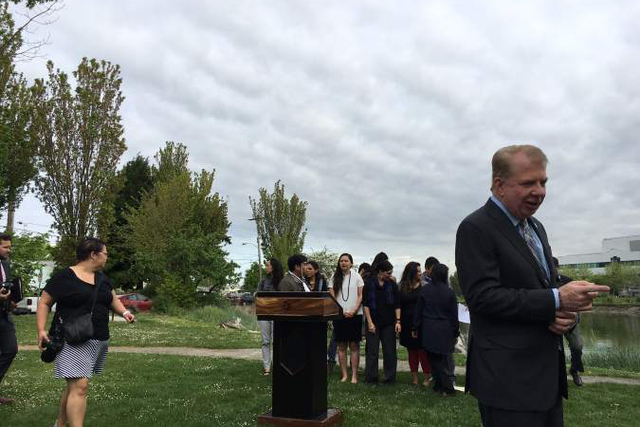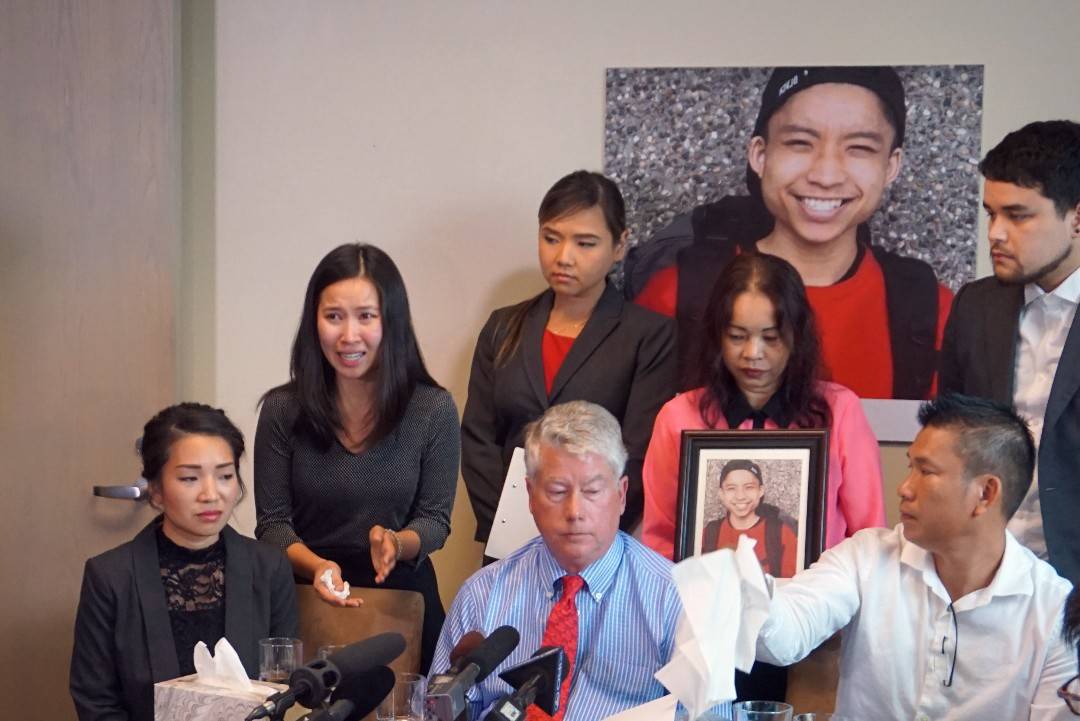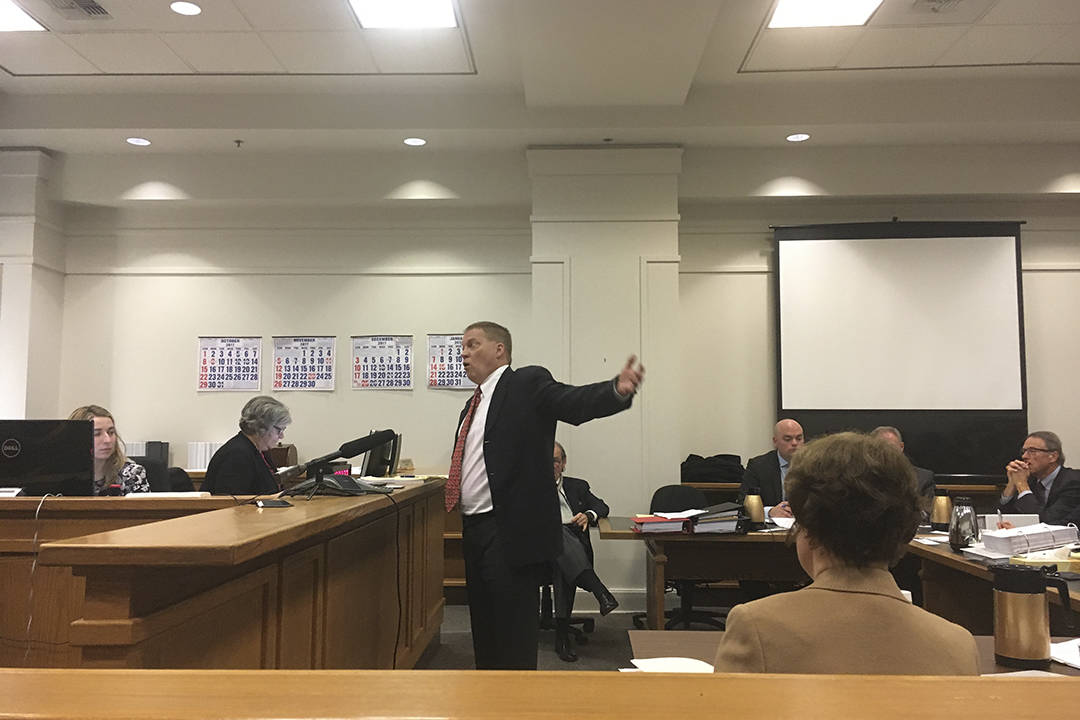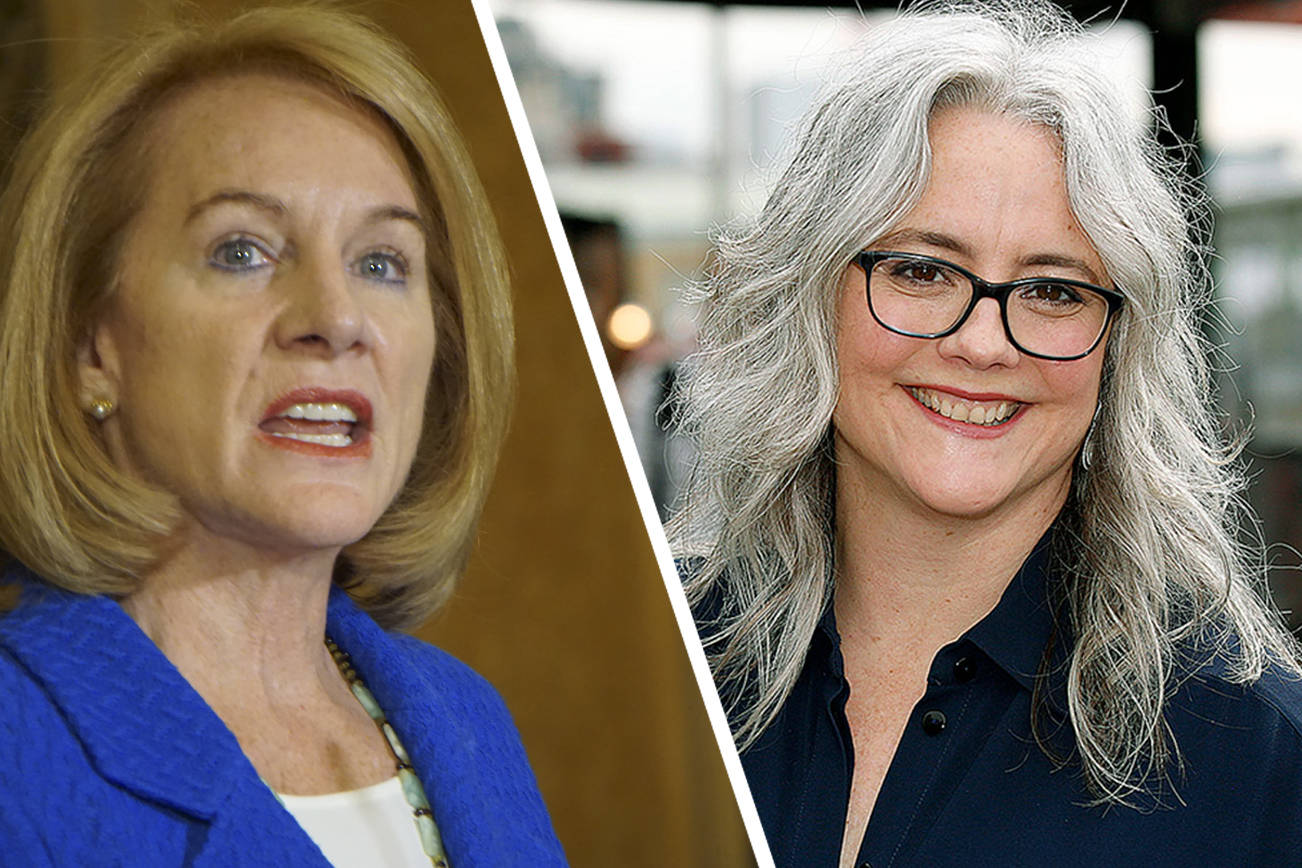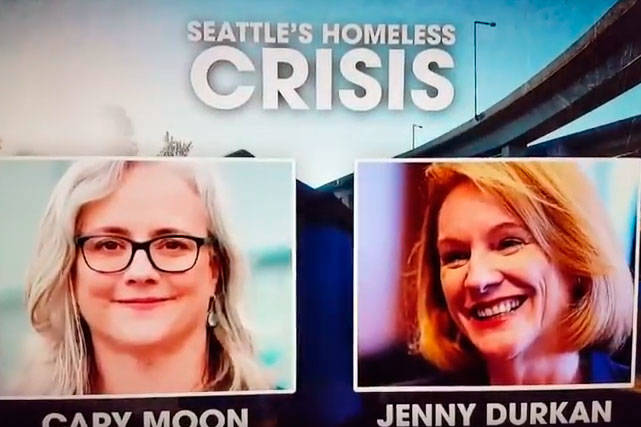On the banks of the Duwamish River river today, Mayor Ed Murray and a cadre of environmental and immigrant advocates released an ambitious plan to give Seattle’s ethnic minorities a more prominent place at the table when it comes to combatting pollution in the Emerald City.
The plan, called the Equity & Environment Agenda, aims to remedy the fact that the environmental movement has long been controlled by whites, often at the expense of people of color, and put a stronger emphasis on environmental justice in city government.
The location couldn’t have been better suited for the Earth Day event. The Duwamish River, a Superfund site so rife with PCB and other contaminants that fish that live in its waters are inedible, flows through many of Seattle’s most diverse neighborhoods.
That’s not by chance; city officials noted in a news release that race “is the most significant predictor of a person living near contaminated air, water, or soil.”
“Sixty percent of people living with one mile of the Lower Duwamish Waterway are people of color,” Murray said during the release of the Agenda. “For people along the Lower Duwamish Waterway, environmentalism isn’t an abstract concept or something that’s cool to be a part of. It is a necessity.”
As reported by former Seattle Weekly staff writer Ellis E. Conklin on Investigate West this week, Seattle has received high marks in general for its environmental stewardship in general, but not when it comes to issues of environmental justice. This plan was designed to remedy that fact.
Murray noted a series of short-term actions that his administration will take immediately. Among them are a new program to provide fresh fruit and vegetables to lower-income families enrolled in the city’s preschool program and a new staff member devoted to issues affecting communities around the Lower Duwamish.
However, supporters of the plan emphasized that it is the start of the conversation, not the end of it.
That point was especially true when it came to the specter of gentrification.
Since work began to remedy pollution in the Duwamish River, immigrant populations have expressed concerns that as the river became cleaner, property prices would increase as white Seattleites became more comfortable leaving near it. In such a scenario, people who long suffered from the ills of a poor environment would not get to benefit from the environmental improvement.
Roshni Sampath, who sat on the Community Partners Steering Committee that shaped the agenda, said gentrification was a major concern among its members as it crafted the framework.
“Displacement was very central,” she said after the press conference. When it came to environmental cleanup and gentrification, “we worked hard to link those two things. … We need to look at ways to not displace existing populations.”
For Murray’s part, he used a question about gentrification and the environment to plug his HALA proposals and the massive housing levy he hopes to put on the ballot next fall.
Were the HALA recommendations to be adopted, new development along the Duwamish “would include affordable housing.”
But after the press conference, Sudha Nandagopal, the Equity & Environment Program Manager with the city, emphasized that gentrification was a major part of the agenda, pointing to a bullet point that sets “minimizing displacement” as a goal.
“We are connecting green and affordability,” said Nandagopal. “Having that said, that is the first step.”
In many ways, the gentrification discussion highlights the kinds of perspectives minority voices can bring to environmental conversations.
“This isn’t the future of the environmental movement,” Washington Environmental Council president Becky Kelley said as she pointed at her white face. Turning to the immigrant and minority representatives behind her, Kelley said, “This is.”
